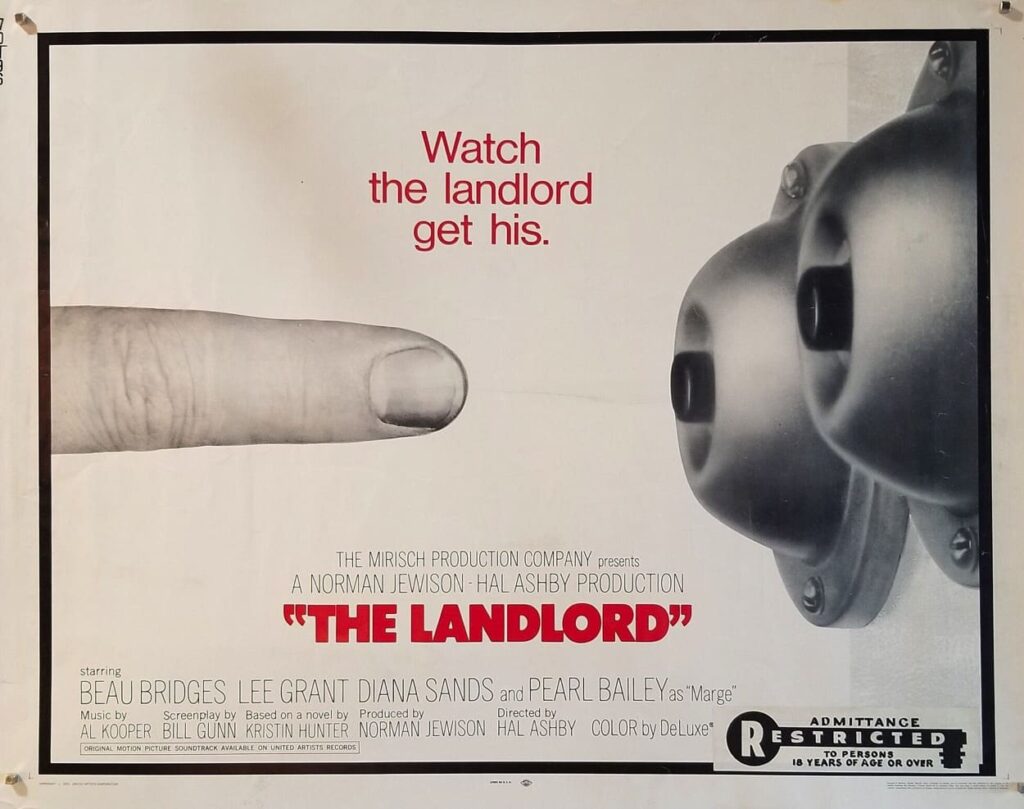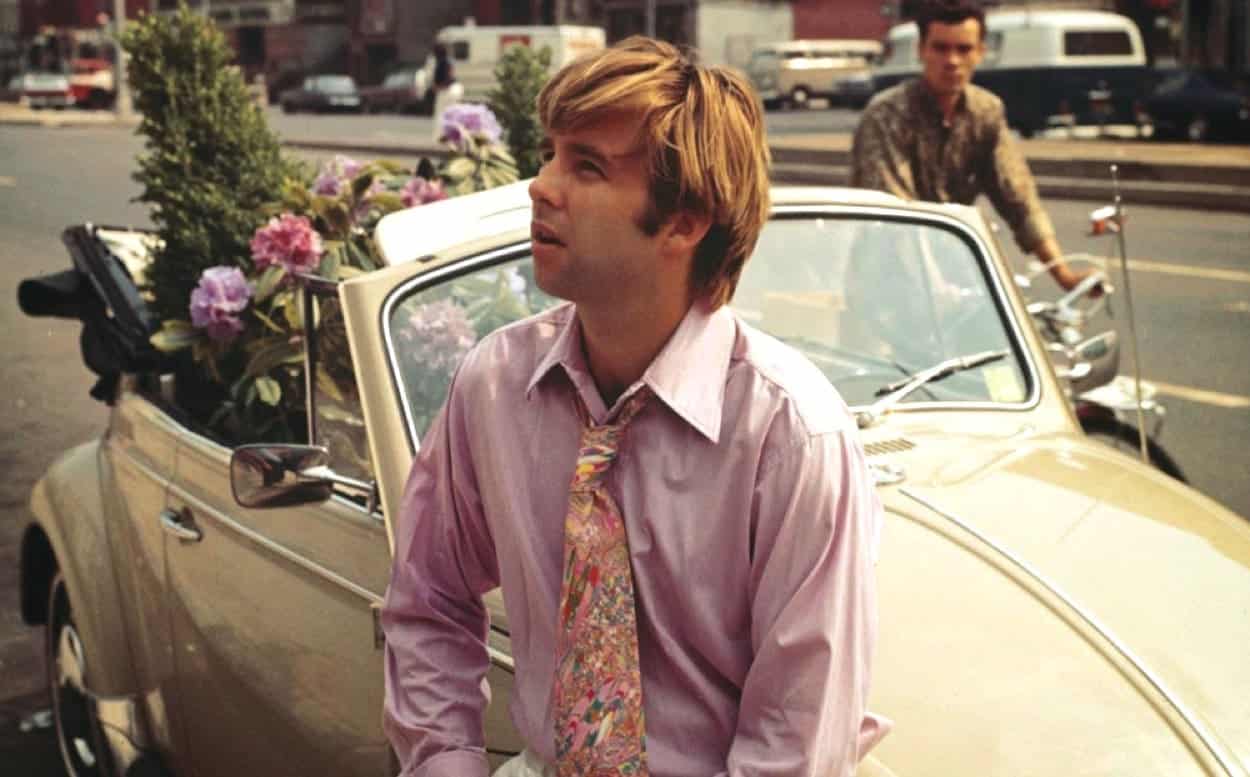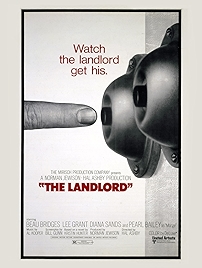The Landlord is a remarkable film dealing in an unusually nuanced way with entitlement, white-saviour complex, gentrification, poverty tourism and cultural appropriation decades before the rest of the pack got there. It was made in 1970 by Hal Ashby in his first film as a director, but it’s Bill Gunn’s flexing, unflinching screenplay that makes it what it is.
It also happens to be one of the best films ever to star Beau Bridges, who is really remarkably good as the very rich white boy who decides to buy a brownstone block in “the ghetto”, with the idea of turning it into one of those new-fangled loft spaces that all the “beautiful people” are getting into, but instead gets caught up in the life of his tenants, in ways that are tangled and dreadful, and occasionally beautiful and lyrical too.
This is not one of those films that tries to suggest that really we’re all the same. At bottom that is the prevailing idea, yes, but on top of that, Gunn suggests, a superstructure of cultural habits condition Elgar Enders (Bridges) and his tenants, so that they all in various ways end up falling into precisely the master/servant positions most everyone concerned is trying to reject.
Elgar – yes, he likes classical music – arrives dressed in a white suit and shoes, driving a white VW Beetle, symbolism obvious, and has his hub caps stolen the second after entering his new building for the first time, where tenants like flirtatious hairdresser Fanny (Diana Sands) and her semi-disturbed husband (Louis Gossett Jr), clairvoyant Marge (Pearl Bailey) and openly hostile Professor Duboise (Mel Stewart) live on various floors while a never-seen old couple inhabit the basement.

Elgar’s intentions are to get the tenants out quickly but in the interim he decides to fix a few things – the plumbing is bad – and gradually gets caught up in the lives of all concerned, the apex of which is a rent party the tenants throw (they charge him more to get in than anyone else, but then the money is ultimately going to go to him), and at which Elgar finally starts to loosen up.
Just to mix things up a bit more, Gunn throws in a relationship Elgar forms with a dancer he meets at a local bar. He hits on Lanie (Marki Bey) thinking she’s white, but almost the first thing she tells him is that she’s mixed race, which complicates Elgar’s relationship with his “liberal” family (typified by Lee Grant as his astringent mother) and adds another query to the mix – in a world where both black and white appear to be playing roles, what does someone do who fits neither category?
This film does not sit easily with the politics of then or now and was not a hit when it came out but it looks like a classic all these years later. That’s thanks to the really well drawn characters and superb acting of all concerned – Bridges does a well-meaning white-boy-in-the-ghetto turn that is almost comical – Ashby’s dry offbeat direction and clear eye for what each scene is meant to be about. Gordon Willis is the DP, and as usual bathes everything in pools of shadow. There are some beautiful images in this movie – even the down-at-heel streets of Brooklyn look rich and glorious.
Mostly it’s Gunn’s writing, though. If you haven’t seen Ganja & Hess – his oblique vampire movie from 1973 – it’s another classic. This movie should have fired up playwright Gunn’s career in Hollywood, but both sputtered. It should also have done good things for Ashby, whose ship did come in the following year with Harold and Maude, the film that launched his run of hits all the way to 1979’s Being There, with The Last Detail, Shampoo, Bound for Glory and Coming Home in between. Over half a century later, The Landlord should be on that list too.
The Landlord – Watch it/buy it at Amazon
I am an Amazon affiliate
© Steve Morrissey 2024

